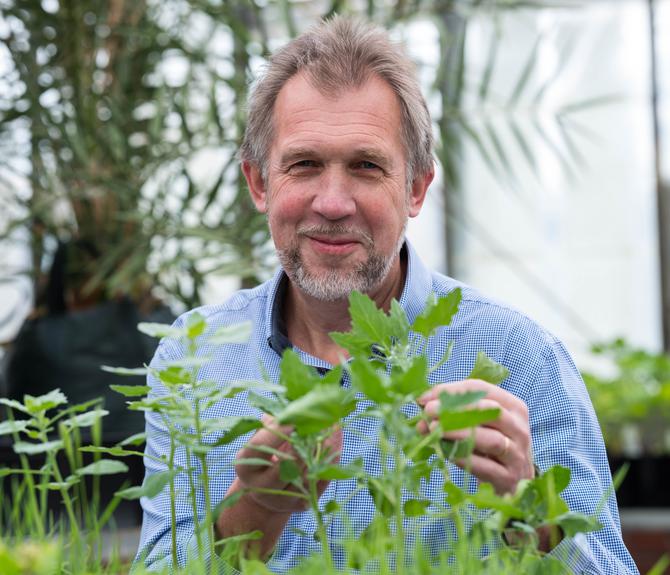The Australian Research Council has provided more than $380,000 in project funding through its latest Linkage Project scheme, designed to drive research innovation and promote collaboration with industry.
The project is led by Professor Sergey Shabala and includes internationally renowned researchers in the fields of plant physiology, cell biology, genetics, agronomy, and breeding. It will support six higher-degree research positions including four PhD and two Masters students.
“Modern agriculture relies heavily on the use of phosphorous fertilisers however the average efficiency rate is just 25 per cent. Runoff from fertilisers poses a significant environmental challenge through the contamination of waterways,” Professor Shabala said.

Professor Sergey Shabala
The overall aim of this research is to reduce the environmental footprint of modern agricultural practices.
“We have an opportunity to study a unique collection of Tibetan wild barley genotypes that we know possess a unique pool of genes not found in cultivated barley varieties.”
The project aims to reveal the key traits in wild barley that allows it to gather and use phosphorous more efficiently and then develop a method to incorporate those traits into commercial barley. Success will bring environmental and economic benefits.
Professor Shabala said the Australian agriculture sector uses more than 450 kilotons of phosphorus each year, and that a 25 per cent increase in phosphorous use efficiency in major agricultural crops could save farmers more than $10 million each year.
“Inorganic phosphorous is a non-renewable resource, and phosphorous deficiency is considered as one of the greatest limitations in agricultural production,” he said.
“We are conducting this research in collaboration with industry partners to support the translation of research findings into agricultural practices.”
The project is supported by partners including Western Sydney University, Zhejiang University, Nantong Ruihua Bioengineering, Flux Advance Scientific, and Seed Force.
TIA is a joint venture between the University of Tasmania and the Tasmanian Government.
